For all their shared borders and intertwined cultures, the U.S. and Canada still differ in more ways than you’d think, especially at the dinner table. Canadian cuisine is rooted in local ingredients, regional pride, and a mix of global traditions that’s hard to duplicate. From comfort food classics to sweet indulgences, there’s a surprising list of dishes Americans quietly admire but struggle to recreate properly. Here are 18 Canadian Foods Americans Secretly Crave but Can’t Replicate.
Poutine

At first glance, it seems simple: fries, cheese curds, and gravy. But Americans rarely get it right. Real poutine requires fresh, squeaky cheese curds that don’t melt immediately, paired with thick-cut fries and a dark, savory gravy that’s neither too salty nor too watery. In Canada, it’s found everywhere, from gas stations to gourmet bistros, and each region has its own spin. U.S. versions tend to skimp on the curds or drown the fries, missing the perfect balance that Canadians know by heart.
Butter Tarts
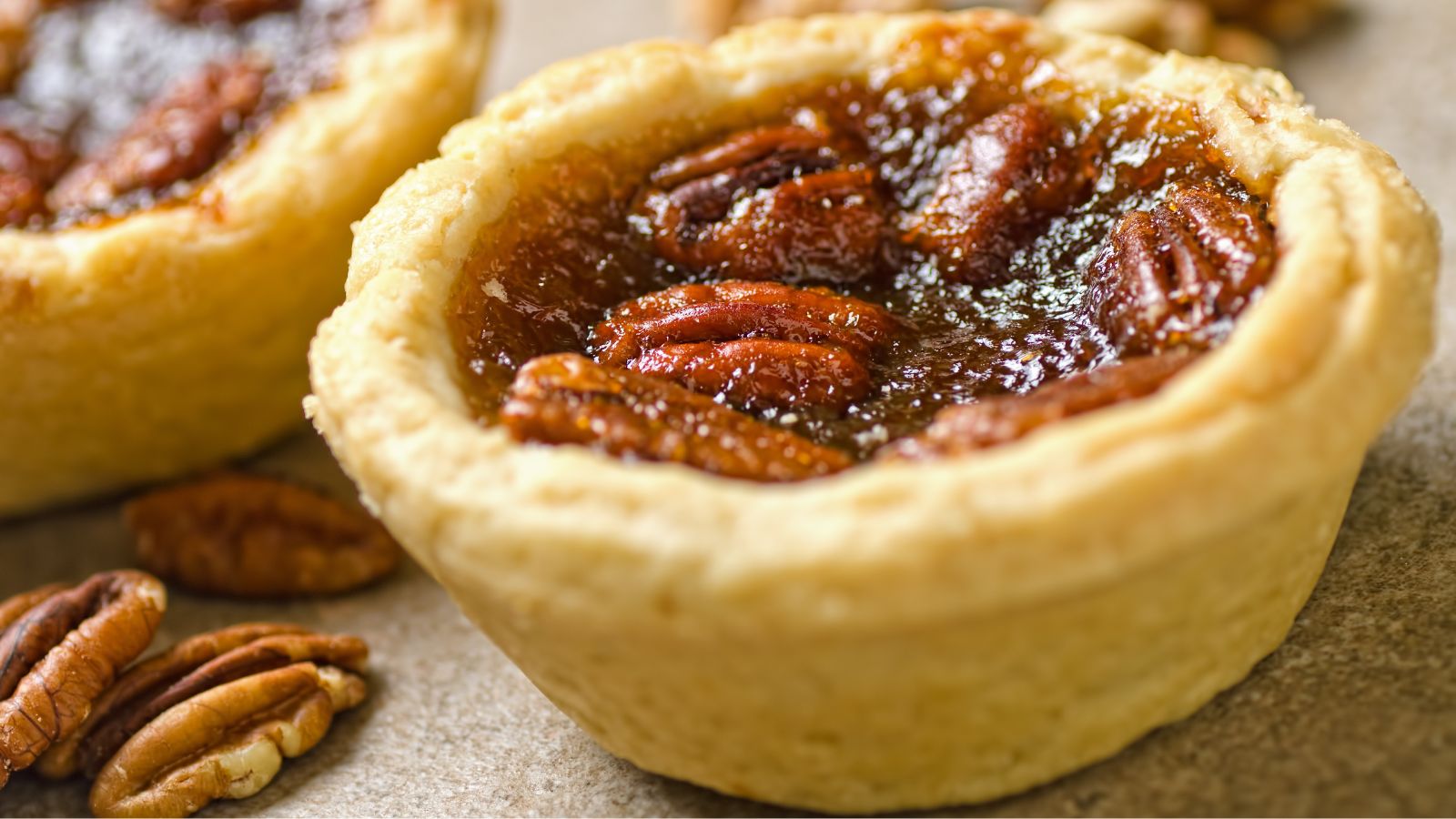
These rich, gooey, handheld pies are a beloved Canadian treat, combining flaky pastry with a sugary, buttery filling. Some people like raisins, others prefer pecans, but everyone agrees the texture must be just right, slightly runny in the middle with a crisp, caramelized top. American imitations often turn into mini pecan pies, but they lack the distinct maple-kissed depth and delicate crust. It’s a dessert that looks easy, but true butter tart fans can spot a fake from the first bite.
Ketchup Chips
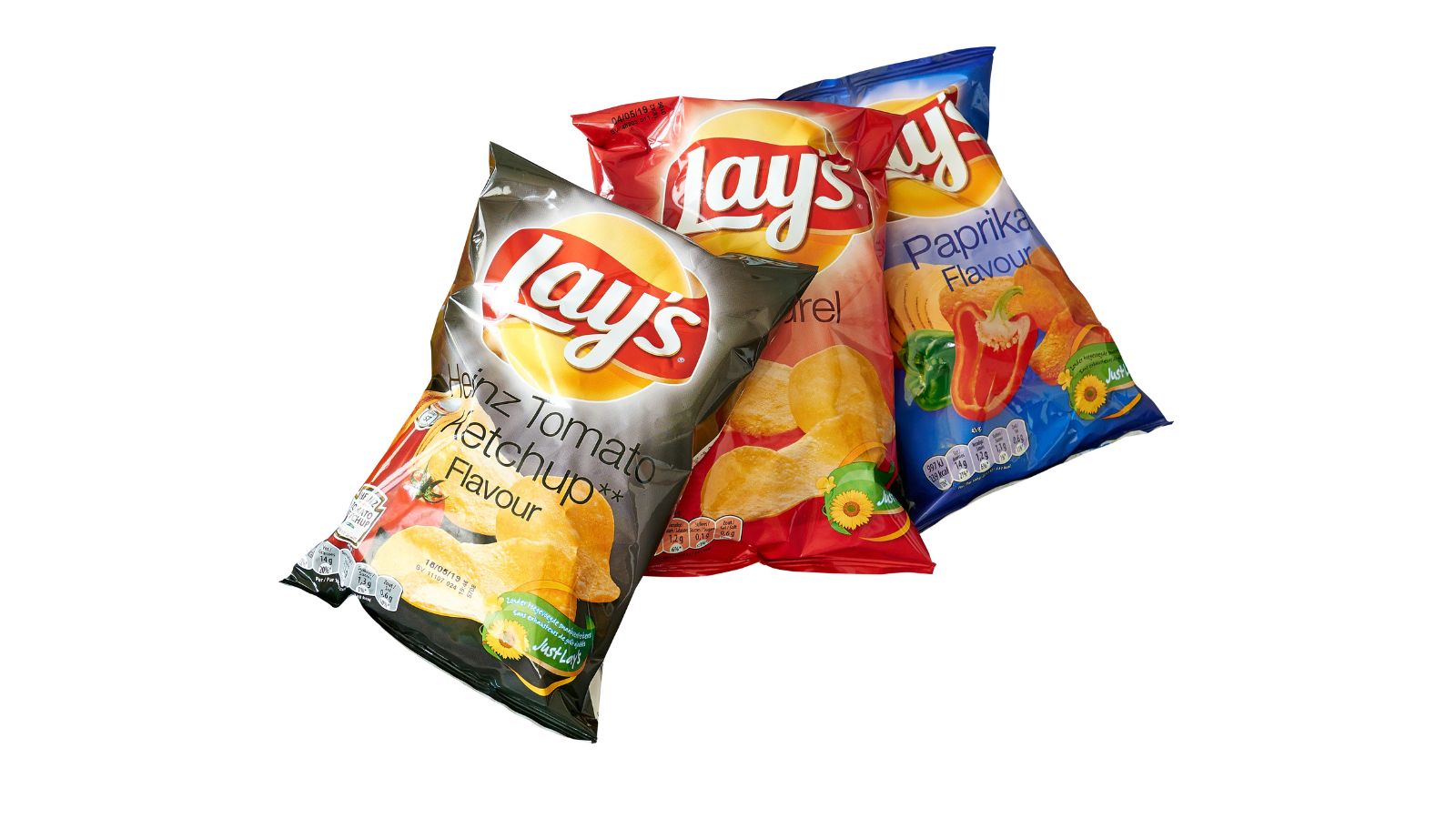
Americans have dozens of chip flavors, yet Canada’s iconic ketchup chips remain elusive. Tangy, sweet, and vibrantly red, they’re a nostalgic snack Canadians swear by. U.S. versions, when available, tend to be overly vinegary or blandly tomato-flavored, missing the punch that Canadian brands like Old Dutch or Lay’s deliver. It’s a chip that baffles Americans in theory, until they taste one and wonder why they’ve been deprived.
Nanaimo Bars
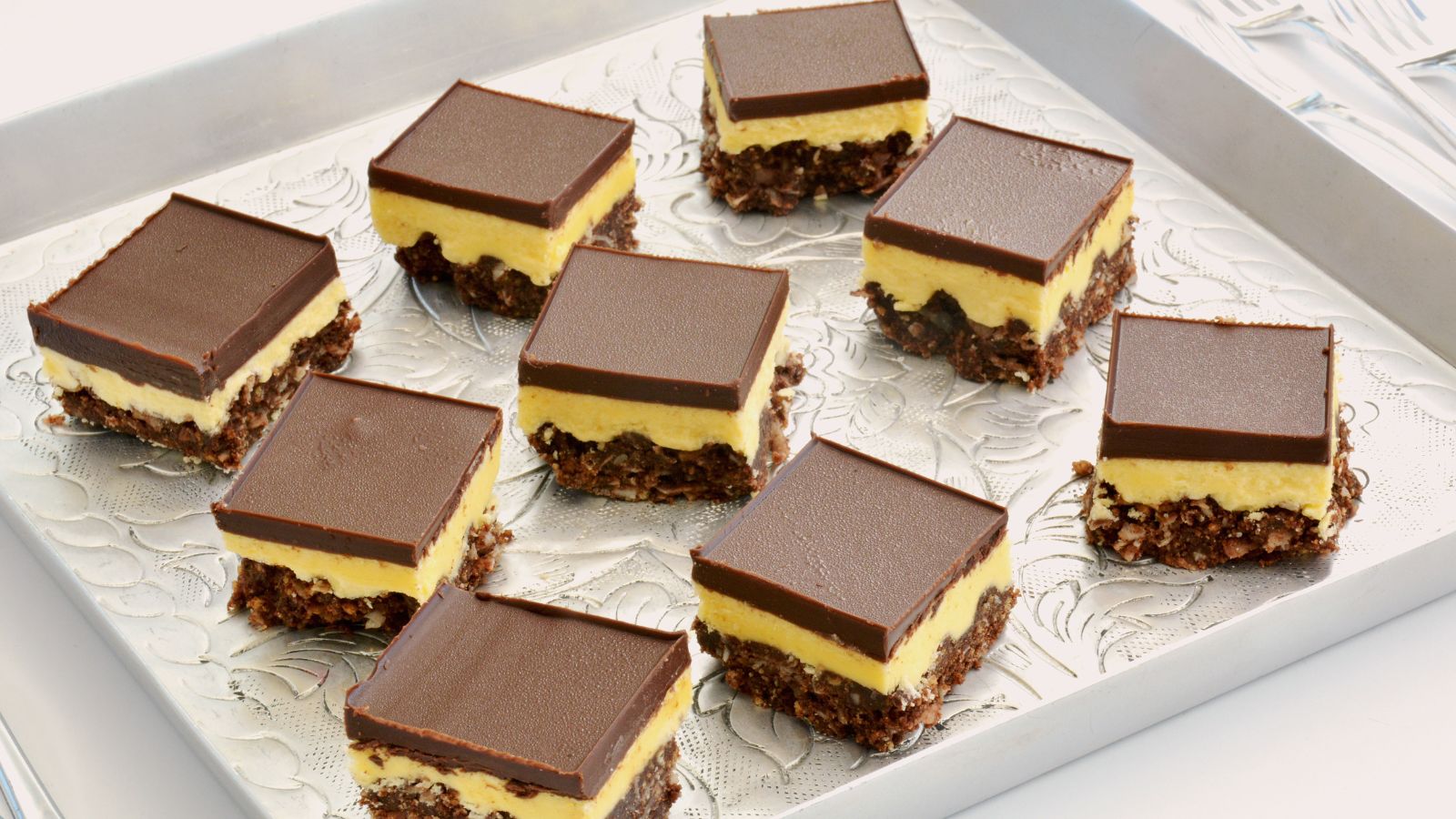
Named after the city of Nanaimo in British Columbia, these no-bake dessert bars are a decadent three-layer treat: coconut-graham base, creamy custard filling, and chocolate topping. Americans try to replicate them but often miss the custard powder component, which gives the center its signature taste and texture. Many versions end up too dense or too sweet without that balanced layering. In Canada, they’re a staple at holiday parties and bake sales, and nearly impossible to mess up.
Montreal-Style Bagels
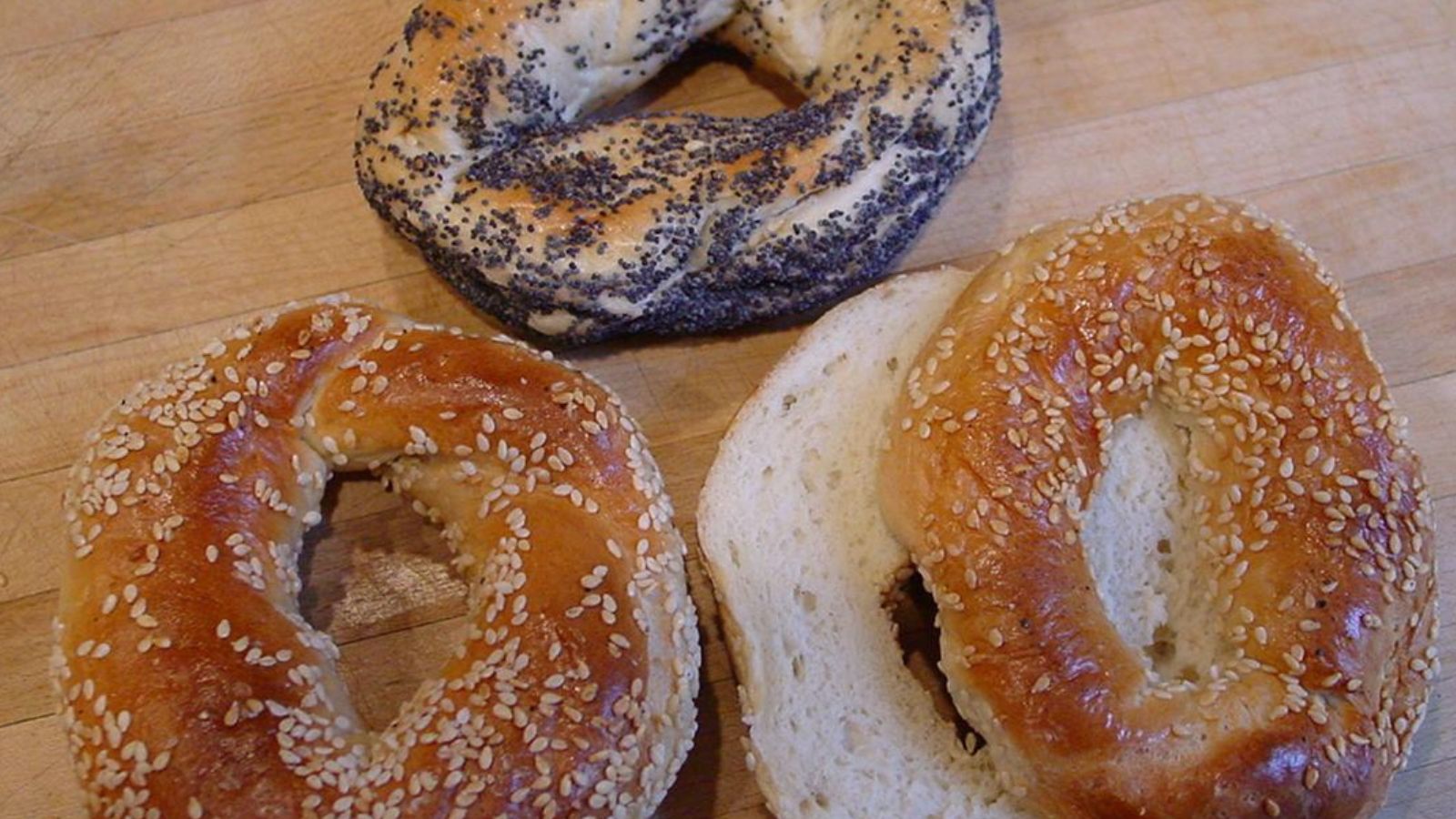
Unlike the chewy, doughy bagels of New York, Montreal bagels are smaller, denser, slightly sweet, and baked in wood-fired ovens. They’re boiled in honey-sweetened water, which gives them their unique flavor and golden finish. Americans often try to recreate them but lack the authentic preparation method and cultural context. True Montrealers will tell you: if it’s not from St-Viateur or Fairmount, it’s not the real thing.
BeaverTails
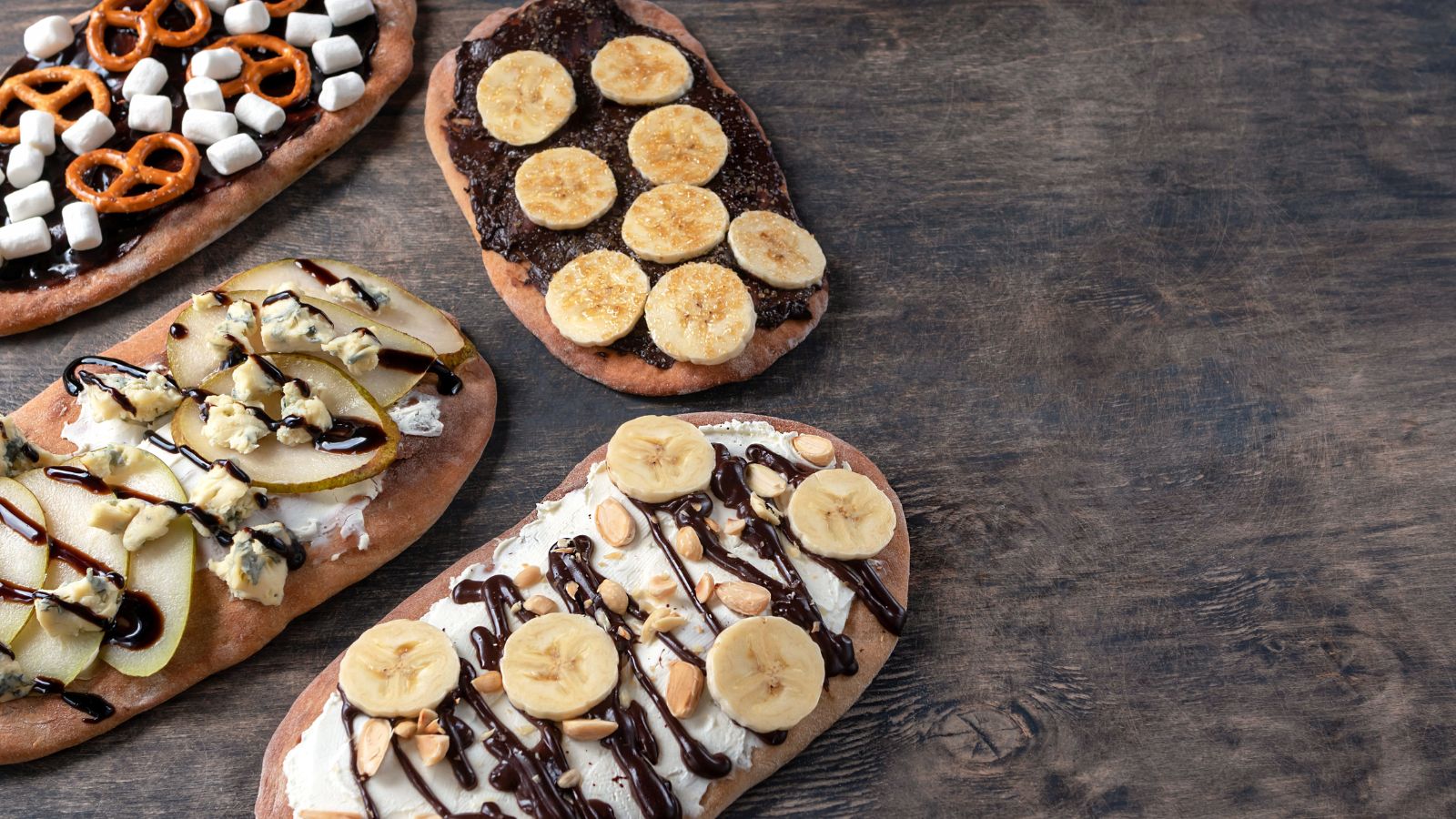
These deep-fried pastries are shaped like a beaver’s tail and topped with cinnamon sugar, Nutella, or other sweet delights. While Americans have funnel cakes and elephant ears, BeaverTails have a distinctive taste and chewiness that’s hard to find outside Canada. Part of the magic is the dough recipe, which is proprietary and prepared fresh at every kiosk. Tourists may discover them at Ottawa’s Winterlude or along Quebec ski slopes, but imitations south of the border often miss the mark.
Peameal Bacon
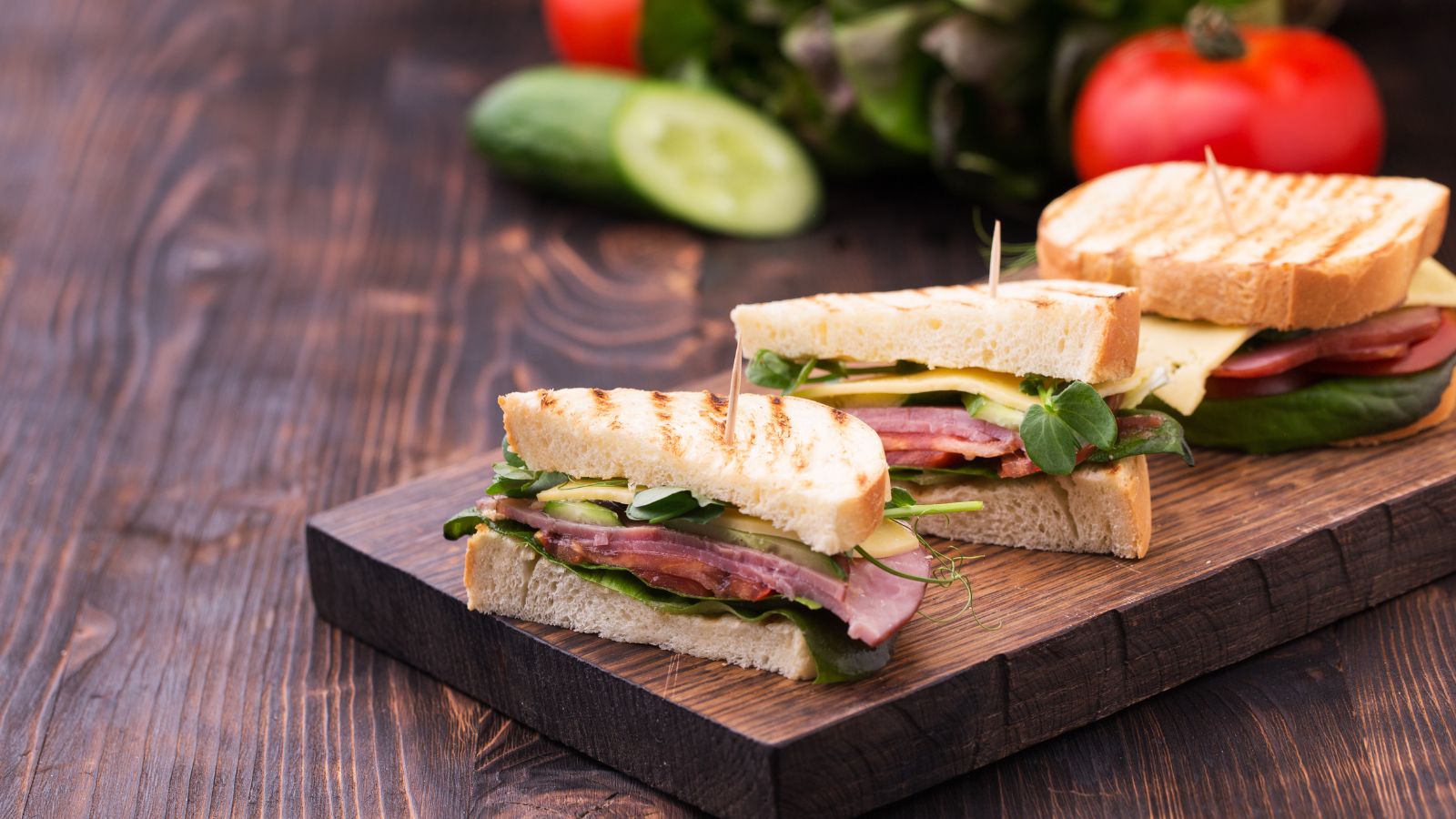
Often called “Canadian bacon” in the U.S., the real thing is quite different. True peameal bacon is wet-cured pork loin rolled in cornmeal, creating a crispy exterior when cooked. It’s leaner and juicier than American-style bacon and has a clean, mildly salty flavor that’s great on sandwiches or breakfast plates. What passes as “Canadian bacon” in the States is usually a round piece of ham, which any Canadian will tell you isn’t even close.
Tourtière
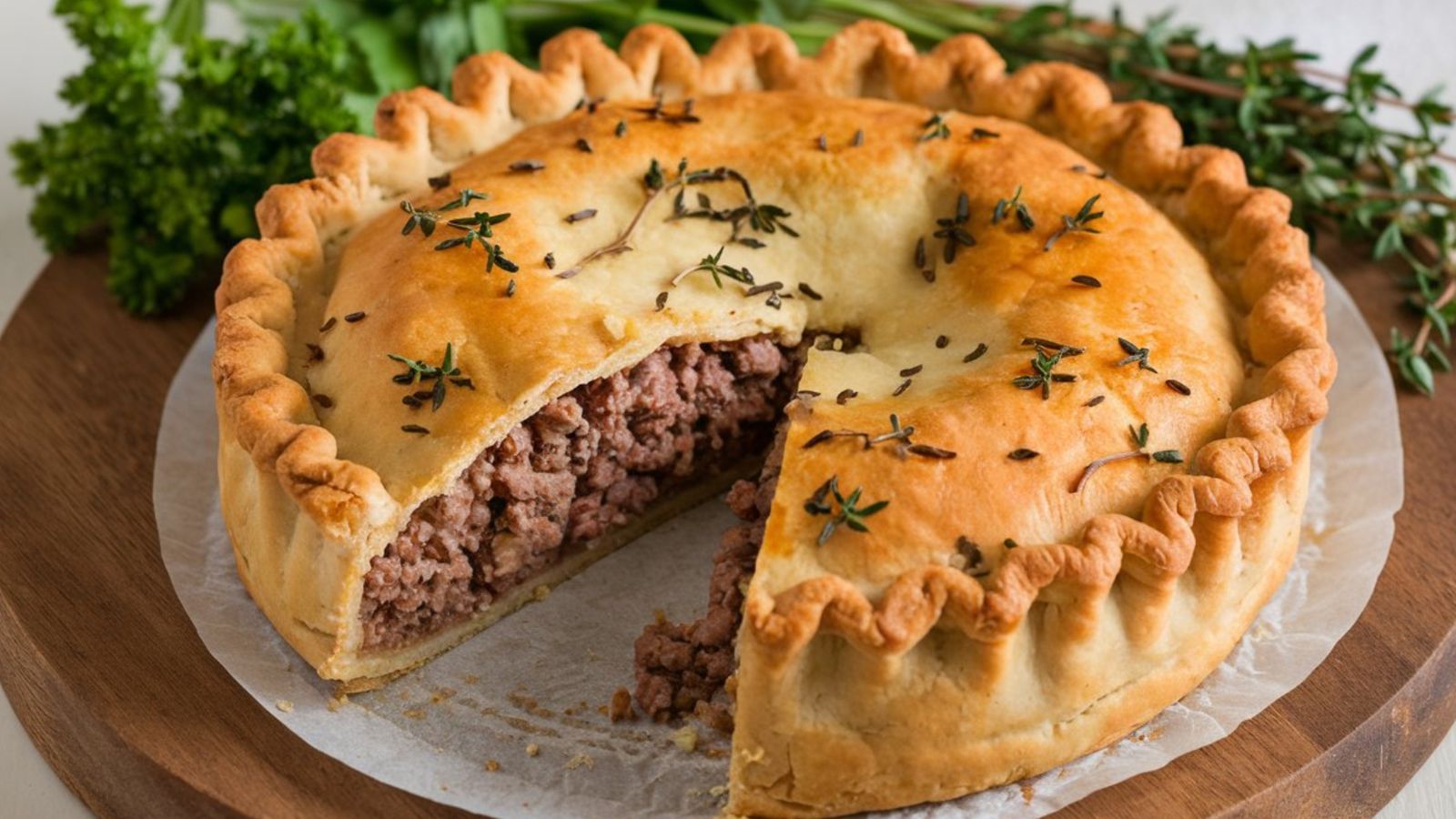
This traditional Québécois meat pie is a hearty blend of spiced pork (sometimes beef or veal), potatoes, and onions, baked in a flaky pastry crust. Often served during Christmas and New Year’s, tourtière carries deep cultural roots and family-specific recipes. American meat pies tend to be overly peppered or mushy by comparison, missing the subtle seasoning and delicate texture that define tourtière.
Maple Syrup (the Real Stuff)

Yes, Americans have maple syrup, but much of it is the corn syrup-based imitation kind. In Canada, real maple syrup is liquid gold, tapped directly from maple trees each spring and boiled down to a rich, complex nectar. It’s graded for quality and flavor, with subtle regional differences that aficionados can taste. Once someone’s tried authentic Canadian syrup, they can never go back to store-brand pancake toppings.
Dill Pickle Chips
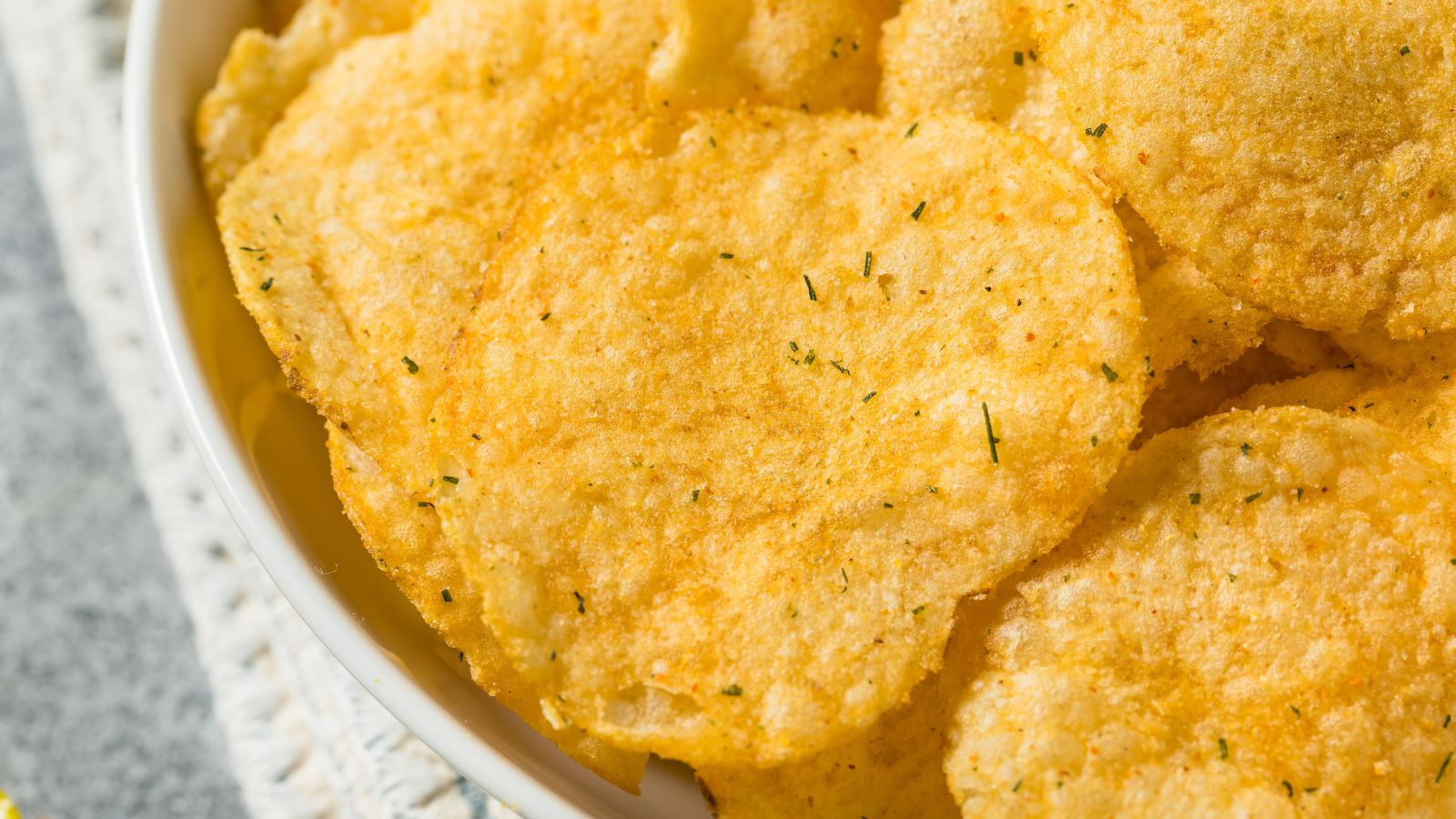
Another chip flavor Canadians can’t live without, dill pickle chips combine tartness, garlic, and a vinegary punch. While some U.S. brands have started to offer their version, they rarely capture the intensity or addictive crunch of the Canadian originals. Dill pickle lovers say it’s not just a flavor, it’s a lifestyle. Canadians grow up with these in their lunchboxes, while Americans are still catching on.
Tim Hortons’ Timbits
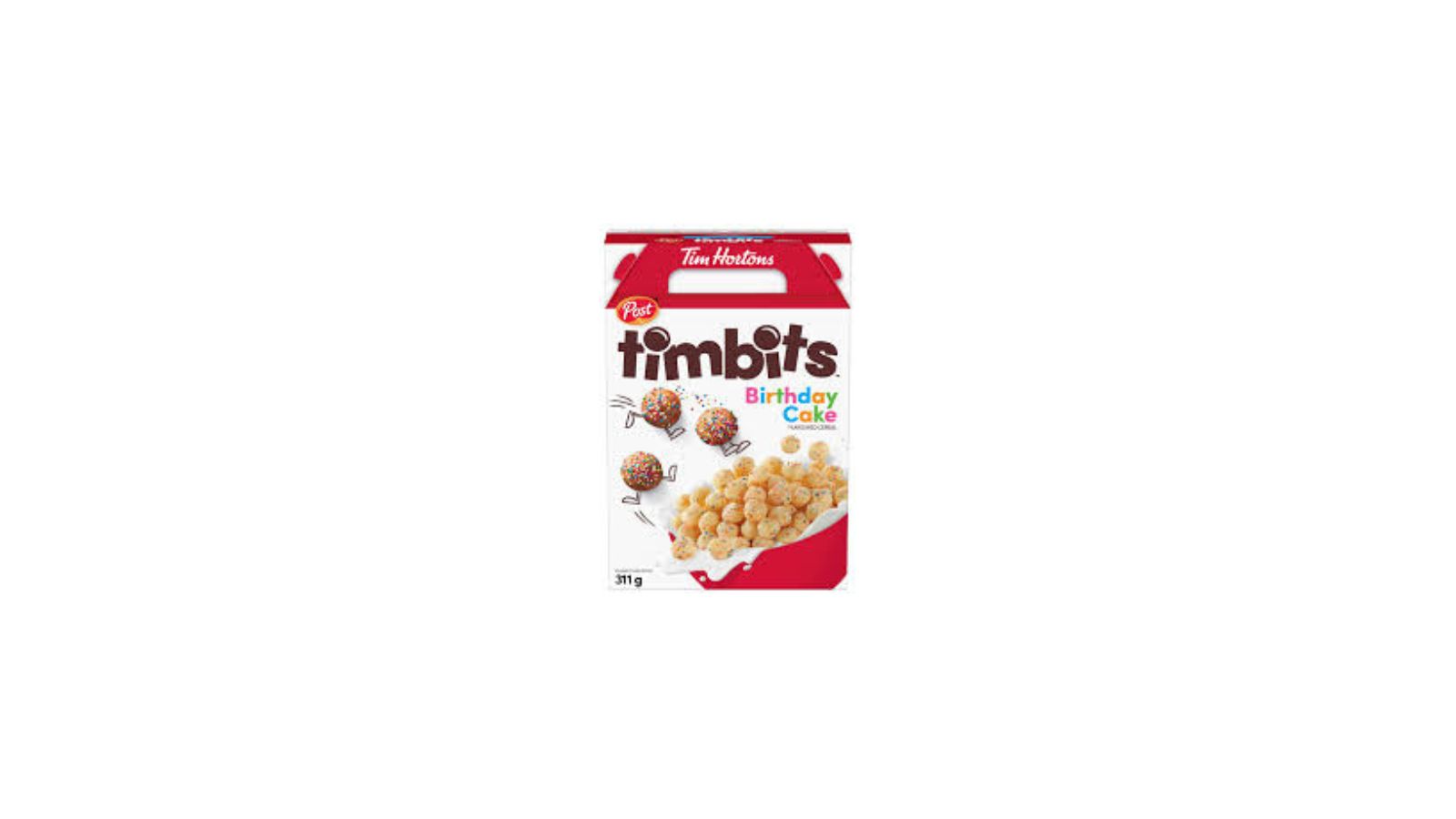
Donut holes exist in the U.S., but Timbits are more than that, they’re a cultural phenomenon. Canadians have a nostalgic attachment to these bite-sized morsels, available in flavors like honey dip, sour cream glazed, and birthday cake. While Tim Hortons has expanded into the U.S., the magic just doesn’t translate fully across the border. It’s not just the taste, it’s the ritual of grabbing a box on a road trip or during hockey practice.
Smarties (the Canadian Kind)

In Canada, Smarties are candy-coated chocolate pieces, not the chalky pastel tablets known by the same name in the U.S. Think of them as a crunchier, more flavorful cousin of M&Ms, with a richer chocolate interior and a thinner shell. Americans who try Canadian Smarties are often surprised by how much better they taste. The branding confusion doesn’t help, but once people know the difference, there’s no going back.
Rappie Pie
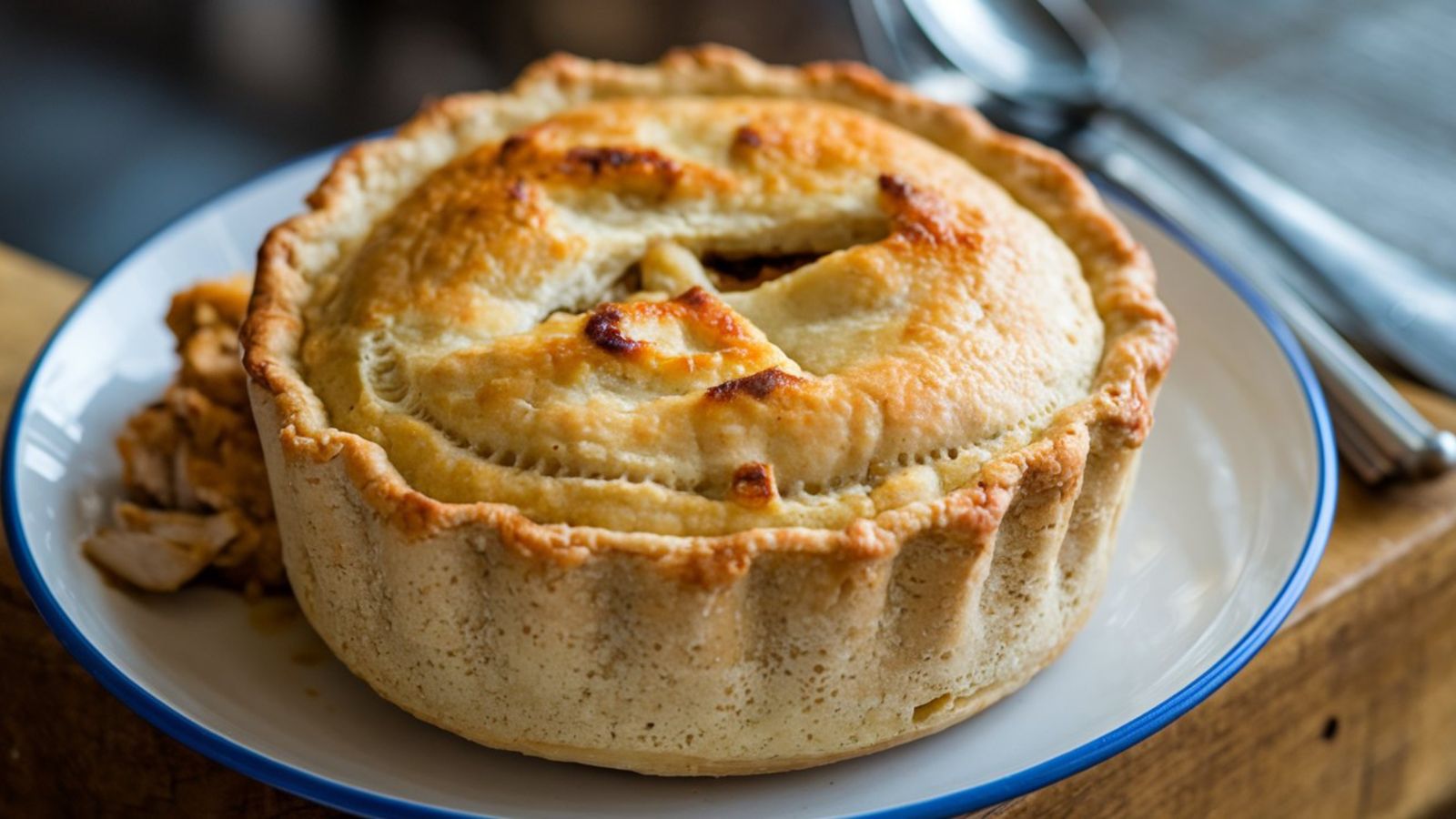
This Acadian specialty from Nova Scotia and New Brunswick consists of grated potatoes (with the moisture squeezed out), broth, onions, and meat, usually chicken or pork. It’s baked into a dense, savory casserole with a crispy top and a uniquely satisfying texture. Rappie pie is deeply regional and rarely found outside the Maritimes. Americans unfamiliar with it may find it unusual, but those who try it are often hooked.
All-Dressed Chips
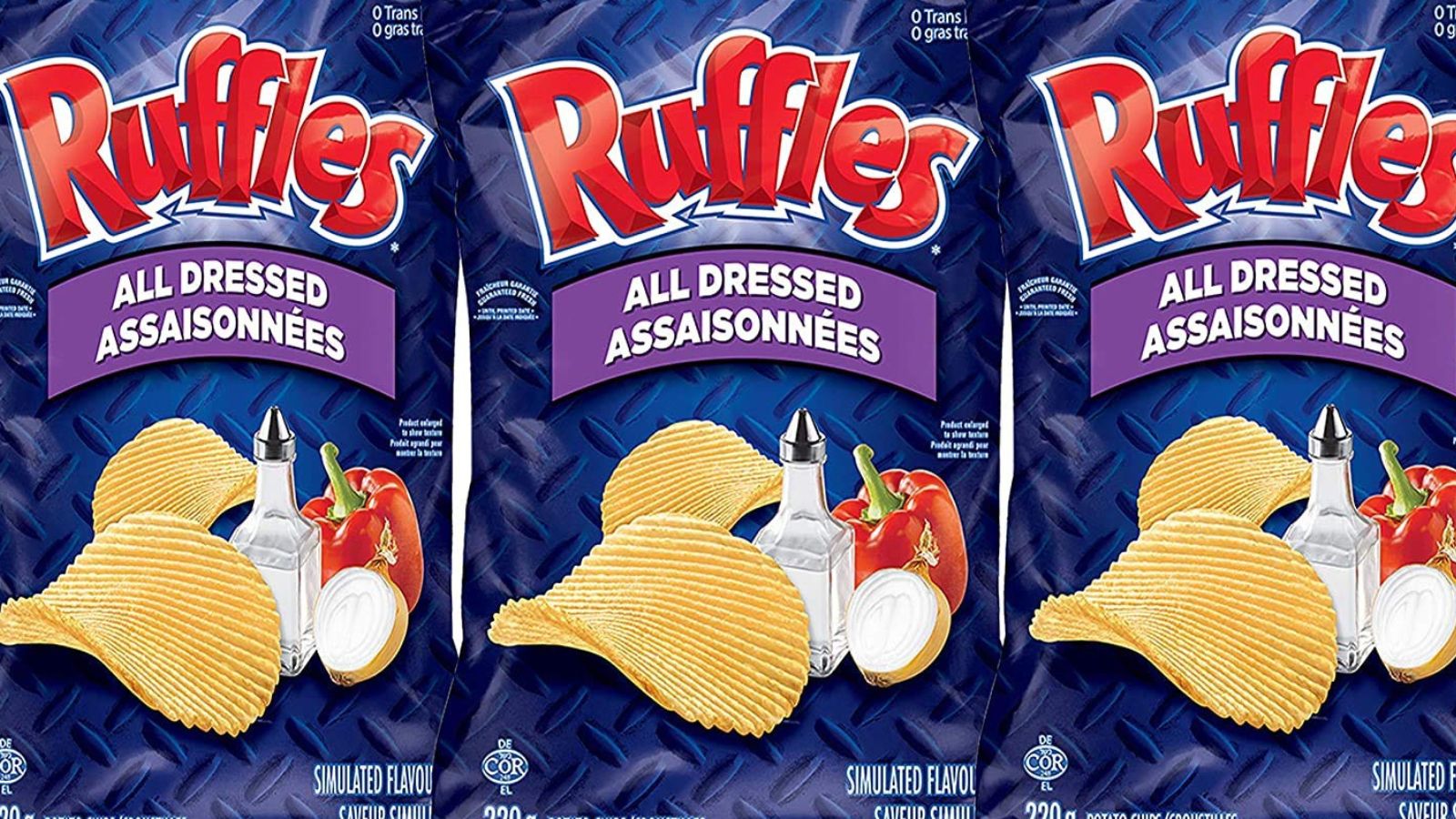
Combining barbecue, sour cream and onion, ketchup, and salt & vinegar, all-dressed chips are a flavor explosion in every bite. Americans are mystified by the name and the taste, but they’re often instantly addicted after the first handful. Though a few U.S. snack brands have attempted to offer all-dressed varieties, they tend to be timid, missing the bold, savory-sweet kick of Canadian originals.
Caesar Cocktail
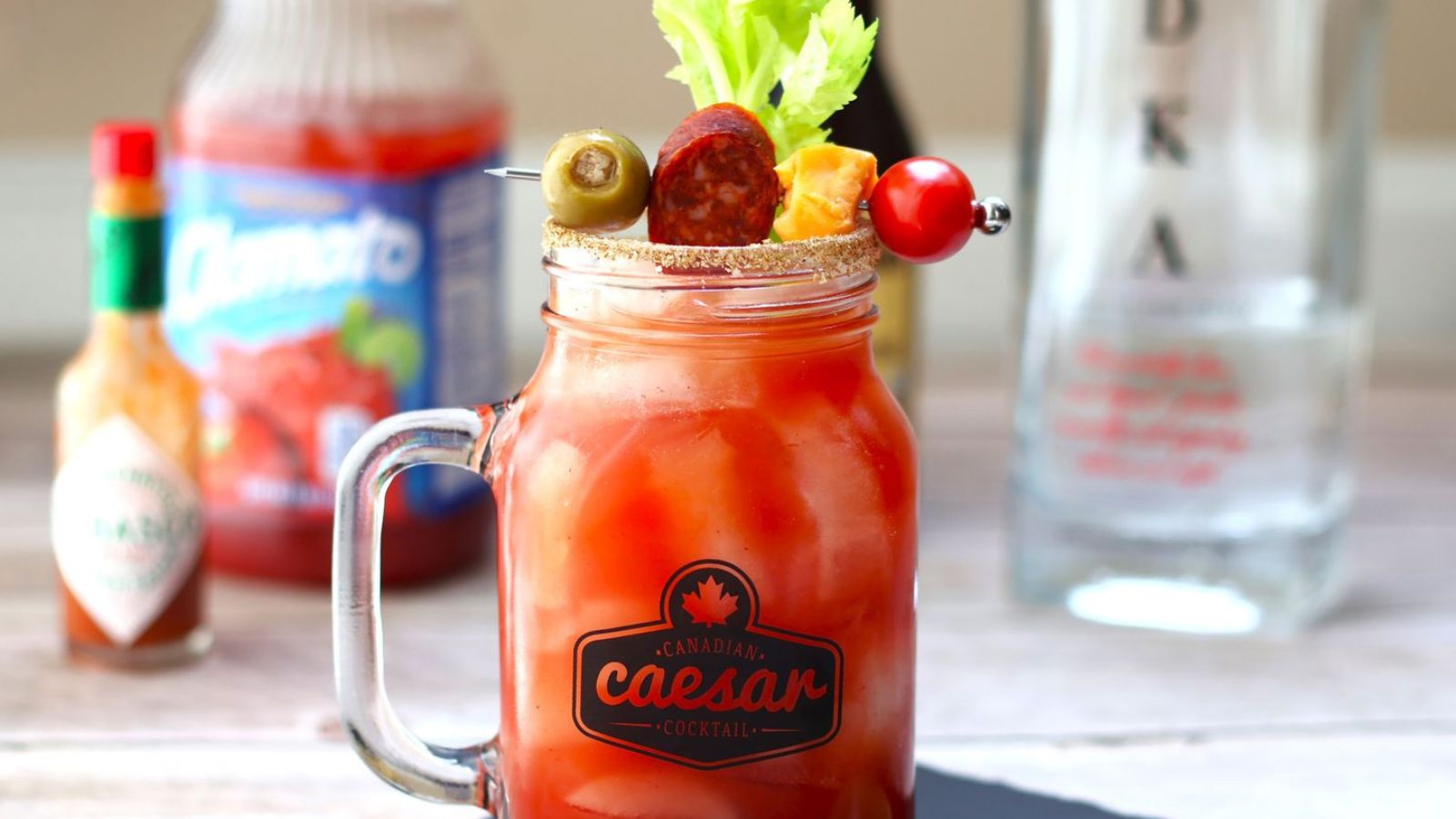
This iconic Canadian cocktail resembles a Bloody Mary but swaps tomato juice for Clamato (tomato and clam juice blend), adding Worcestershire, hot sauce, and vodka. It’s usually garnished with celery, olives, or even bacon, and is a brunch staple from coast to coast. Americans tend to flinch at the clam part, but one sip usually changes minds. It’s tangy, spicy, and oddly refreshing, especially when done with Canadian flair.
Donair
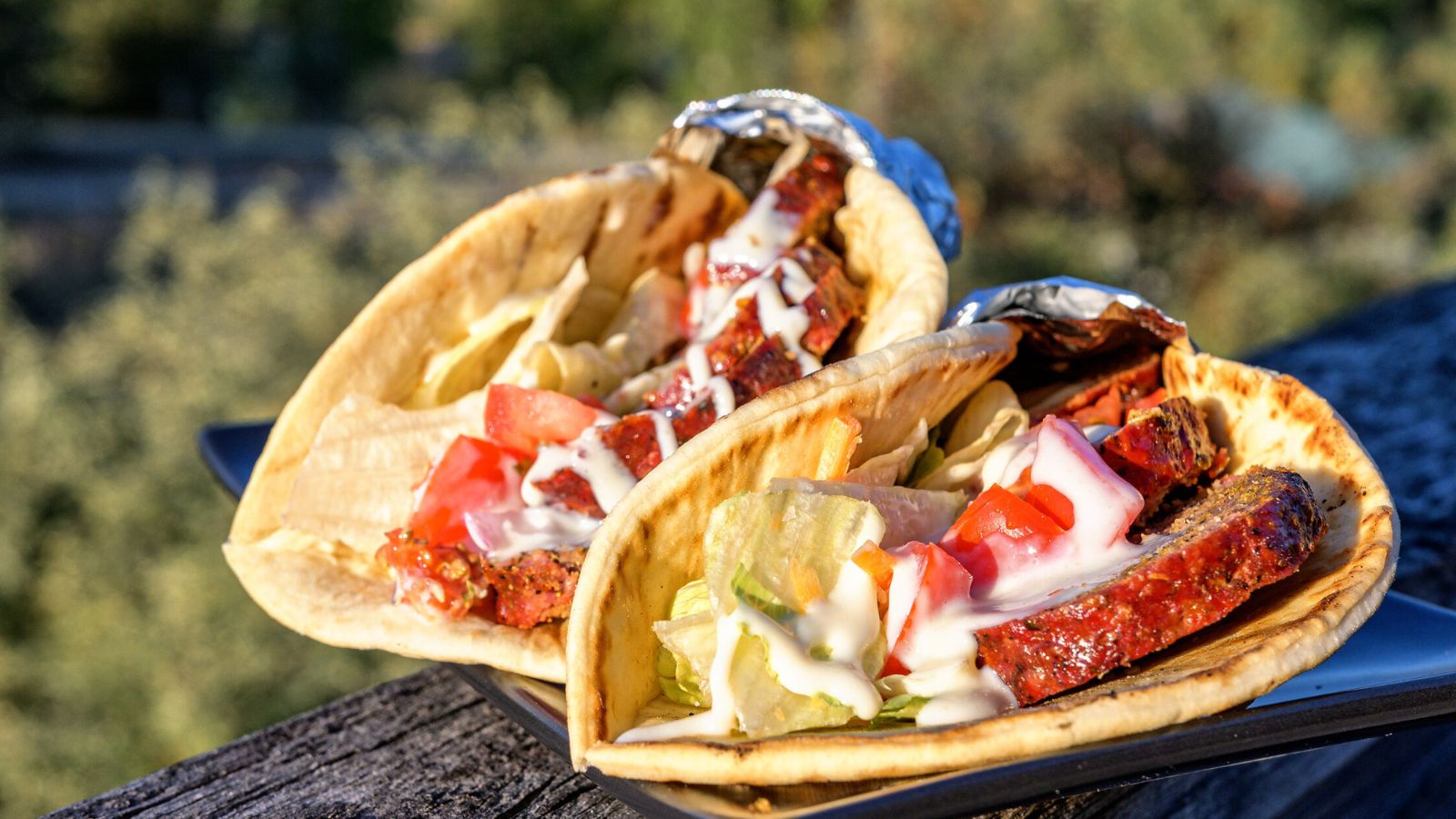
Halifax’s spin on the doner kebab features spiced ground beef, sweet garlic sauce, tomatoes, and onions wrapped in a warm pita. The sauce is the key, more sugary than tzatziki, with a creamy tang that balances the meat’s spice. While Americans are familiar with gyros and shawarma, the donair has a distinct flavor profile that’s uniquely Canadian.
Quebec-Style Hot Chicken Sandwich
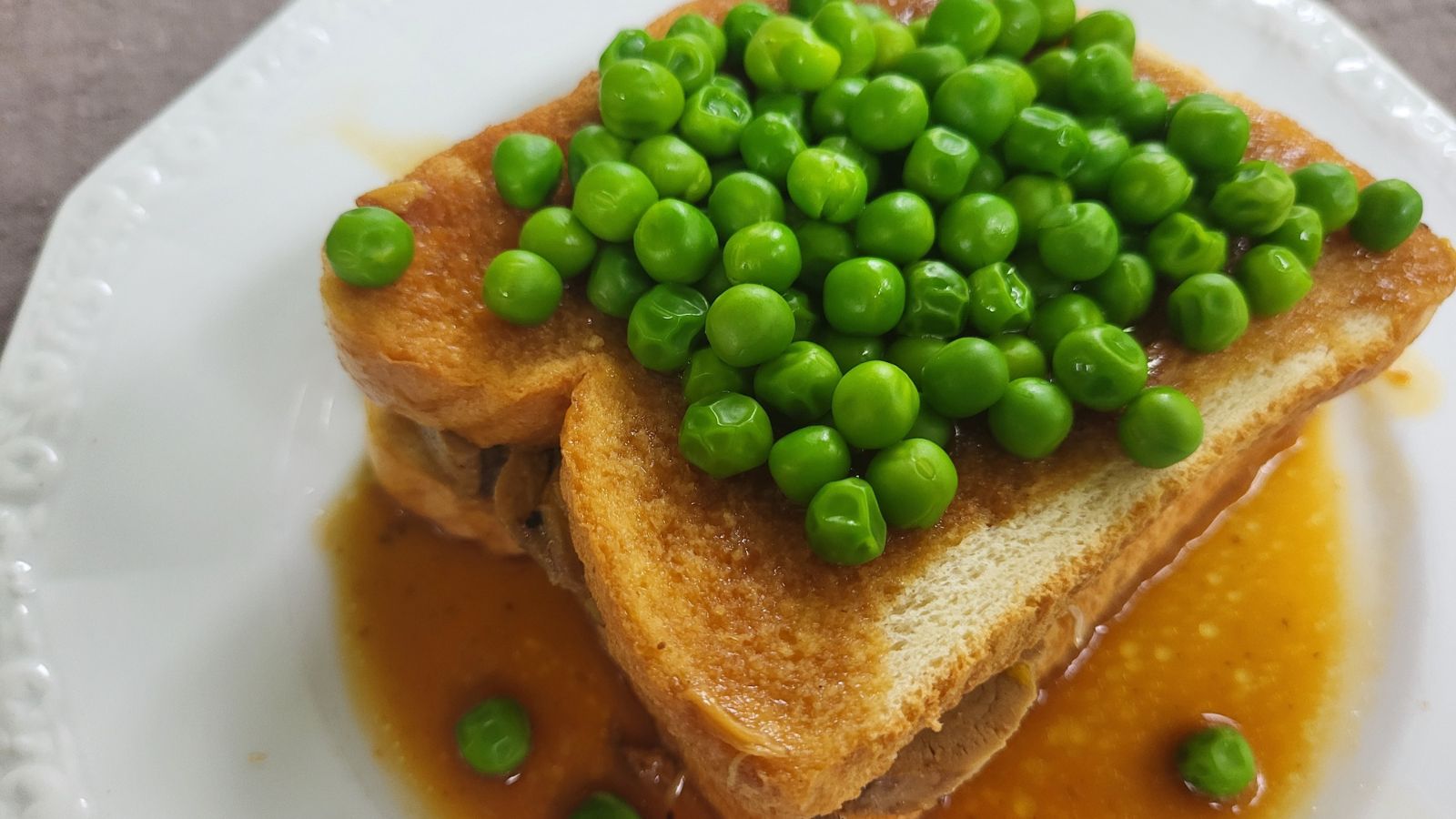
This isn’t just chicken on a bun. Quebec’s hot chicken sandwich involves shredded roasted poultry layered between slices of white bread, smothered in gravy, and topped with green peas. It’s pure comfort food, often served with fries on the side and best eaten with a fork and knife. The dish may look simple, but the flavor combination is uniquely nostalgic and rarely replicated outside La Belle Province.
Kraft Dinner (KD)
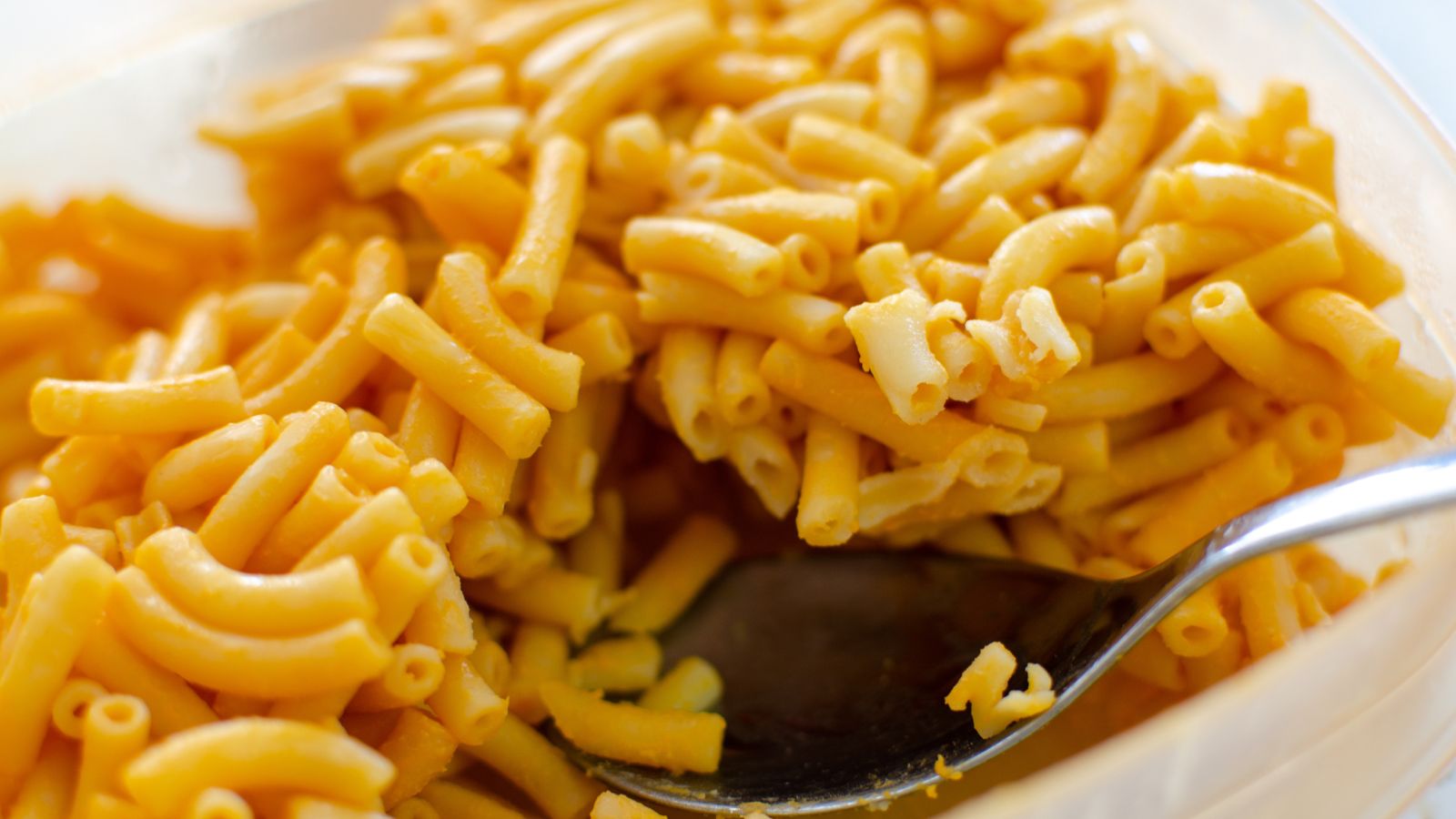
Yes, mac and cheese exists in both countries, but in Canada, Kraft Dinner is a national institution. Canadians consume KD at much higher rates than Americans, treating it not just as a kids’ meal but a weeknight go-to. Many add ketchup, hot dogs, or creative twists, but always stay loyal to that neon-orange cheese powder. While it’s available in the U.S., it doesn’t hold the same cultural weight, or fanatical following.
21 Products Canadians Should Stockpile Before Tariffs Hit

If trade tensions escalate between Canada and the U.S., everyday essentials can suddenly disappear or skyrocket in price. Products like pantry basics and tech must-haves that depend on are deeply tied to cross-border supply chains and are likely to face various kinds of disruptions
21 Products Canadians Should Stockpile Before Tariffs Hit
